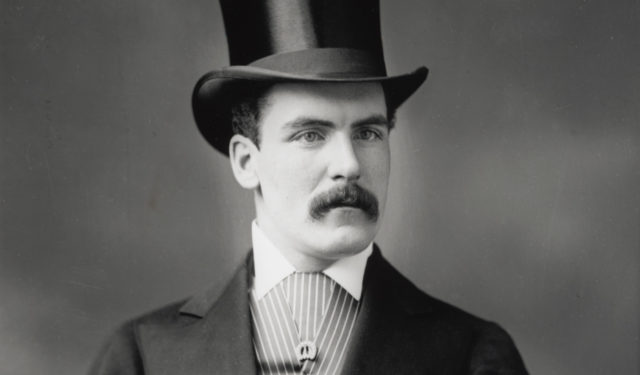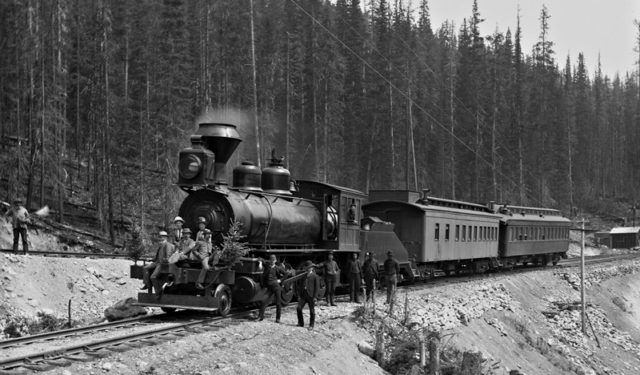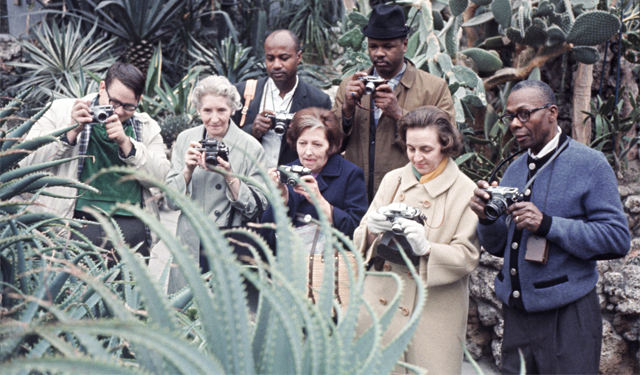Using psychology to interpret photography
How studying photographs through the lens of psychology can lead to hypotheses about their meaning.
When I study a portrait from the Museum’s photography collection, that is, an image of an unidentified or ordinary person, someone about whom we know very little, I wonder who the person was, what kind of life he or she led. I look for signs that may provide clues to the individual’s personal history. In short, every portrait can be the start of an exploration. Perhaps this interest in the individual comes from my studies in psychology.
Before starting my career in art history, I did graduate studies in experimental psychology, concentrating on learning, sleep, dreams and the development of intelligence. I believe that one’s academic background and formative experiences influence how one interprets an image. For example, while a psychologist might focus on the cognitive and affective processes involved in creating a portrait, a sociologist could begin by examining a photograph’s social context. A historian may look for the image to provide evidence or confirm a fact, and a philosopher might try to define the nature of the photograph as a form of visual representation.
Regardless of the field of study, everyone I know has been fascinated, at some point, by a photograph. To interpret an image, we can draw on things such as personal experience and knowledge acquired in school. Personally, I find the concept of adaptation particularly inspiring. Take the example of immigrants, amateur photographers, trying to acclimatize to their new environment: men like William Notman (1826-1891) and Alexander Henderson (1831-1913), two young Scotsmen who moved to Canada around 1855. Do their photographs, taken over a long period of time, illustrate a process of adaptation?
According to legendary Swiss psychologist Jean Piaget (1896-1980), adaptation involves two sub-processes: assimilation and accommodation. In this model, immigrants begin by assimilating, that is, they make sense of new experiences using the cultural patterns of their homeland. In other words, they see their environment through the prism of their culture of origin, transforming reality rather than their ways of thinking and acting. Gradually, they begin to accommodate; in other words, they change themselves to adapt to their adopted country.
Do Notman and Henderson exhibit the phenomenon of adaptation by going through the stages of assimilation and accommodation? Do their early photographs reveal that their initial perceptions of Canada were based on ideas and expectations formed in their country of origin? Over time, does their vision become increasingly Canadian, demonstrating that they have adapted?
These questions inspired by psychology are valuable in that they help me generate hypotheses about photographs taken by immigrants. However, the experimental method also requires that I take a rigorous, scientific approach to examining these interpretations.




